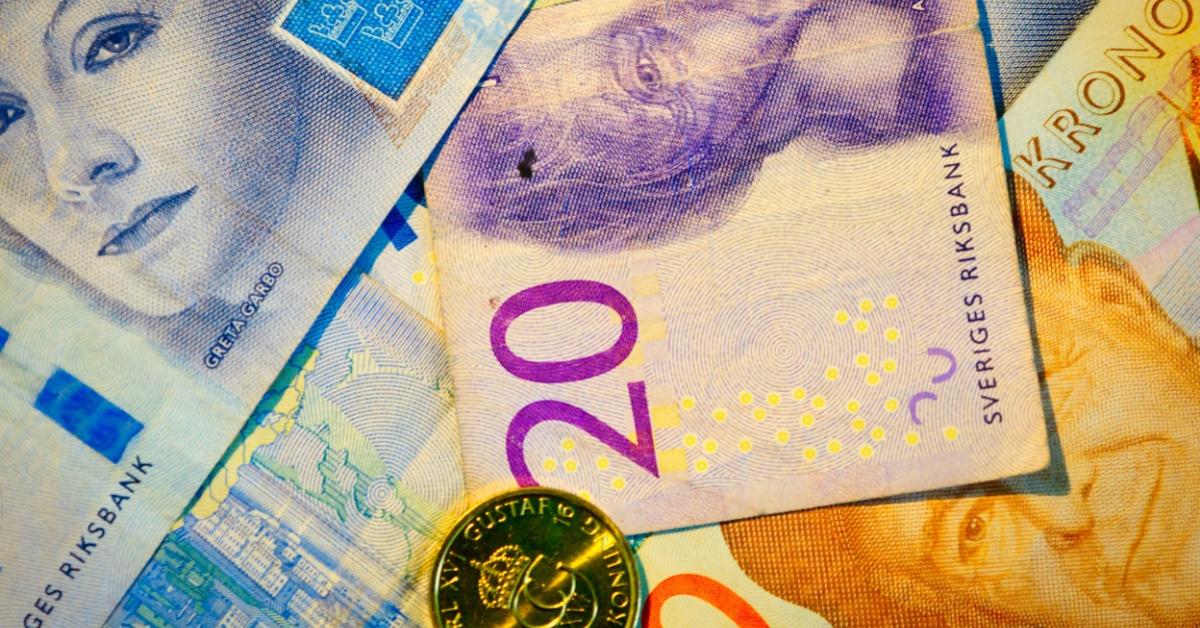
It may sound like a bad joke, but several central banks actually claim this. On the website of Sweden’s central bank, the Riksbank, you can read it both in English and Swedish. In English, the statement says: “The Riksbank is Sweden’s central bank. We ensure that money retains its value (over time).” The Swedish version translated to English says the same but with the words “over time” added.
England’s central bank, the Bank of England makes a similar statement on their website, saying: “We guard the value of your money by keeping prices stable.”
Then there is Bank of Canada: “We are Canada’s central bank. We work to preserve the value of money by keeping inflation low and stable.”
I sent an email to the Riksbank about this and asked them how they could possibly make such a statement, and how they define the term value. A week later I received an answer where they said that by “money retaining its value” they mean that the Consumer Price Index (CPI) should steadily increase in a “slow” pace (2 percent per year).
“Most other central banks, like the FED define price stability in this way,” they added. Sure, most central banks try to fool us into thinking that we need inflation to survive and that prices must rise to keep the economy going.
What Is Wrong with the Central Banks’ Statements
As you can see, they claim that as the CPI rises due to an increased money supply, money retains its value (price). But if CPI rises, then logically the value of the marginal unit of money falls. Price stability is defined by most central banks as an increase in CPI by approximately 2 percent per year.
However, prices for various goods and services do not increase evenly when the money supply is inflated. Orange prices may rise 1 percent, while house prices may rise 15 percent. Blind to the fact that the use of any good is subjective, it should be noted that most countries do not include houses in CPI since they view them as capital goods.
The fact that money is not neutral benefits the earlier recipients of new money at the expense of the later recipients. Newly injected money into the economy, hence, create larger price increases where they are first injected, known as the Cantillon effect.
Central banks also confuse value with price and the price of money with the price of CPI. Not surprisingly, central banks are created on faulty economic theory. It is common in everyday speech to refer to price as value, but they are two different things.
Price is a current exchange ratio between goods and/or services and money being traded. Carl Menger explained the concept of value brilliantly in his book Principles of Economics: “Value is a judgment economizing men make about the importance of the goods at their disposal for the maintenance of their lives and well-being. Hence value does not exist outside the consciousness of men.”
Conclusion
Kings and governments found out early that they could expand their power and increase their wealth by monopolizing the issuing of money. Thus, by making the rulers’ money the only legal tender, even fiat money was still valued by the majority, since alternatives were illegal.
After the gold standard was suspended, the governments normally kept the gold and let the paper money circulate without being redeemable. Since the unredeemable fiat money is still the only legal tender, not too many people think twice about it.
In a way, you can say that the central banks in collusion with the governments preserve the value of money. But the only way it preserves the value is by forcing people not to use any alternatives and thereby the great majority values government money, no matter what.
If people really were to think about it, would they value money that went up in price over time or money that went down in price? Consider the (approximate) prices of these commodities during the last one hundred years:
– The price (the purchase power) of the US dollar is down 94.34 percent
– The Swedish krona is down 96.61 percent
– The Canadian dollar is down 94.05 percent
– The British pound 97.08
Meanwhile the silver spot price is up 3033 percent and the gold spot price is up 8591 percent.
It should be noted that gold and silver prices rise due to monetary inflation, as does any other commodity. However, in terms of measuring CPI, the two metals serve as a “hedge against inflation.” The precious metals have been valued for thousands of years for its monetary advantages, beauty, and industrial purposes. Fiat money, on the other hand, is valued because it is the only legal option as money and because most people do not understand basic economics.
All that being said, a more appropriate statement by all central banks should read: “We are a central bank, and we ensure money is still valued by monopolizing the issuing of money.”
But that, of course, is wishful thinking.



